Quantum Physics has been falsified
At no point does the EM-wave end and become a "photon"
"It doesn't matter how beautiful your theory is, it doesn't matter how smart you are. If it doesn't agree with experiment, it's wrong." ~ Richard P. Feynman
Let’s first start with the basics of Quantum Physics (also called Quantum Mechanics)
There is Light
Light is made of electromagnetic waves. I will go deeper into electromagnetism in another post. But it is something that is well known and can be measured very well.
We can create most of this light with electronics. Radio waves can be created with an alternating electrical field (or electrical current). We can generate light directly from electricity with diodes. And X-rays are made with electric discharges or electron beams.
The Photo Electric Effect
Light arrives at a surface and it can bump away the electrons in the surface. This works only when the light has a high enough frequency.
It can be hard to visualize what is happening.
We see an electromagnetic wave releasing an electron.
To illustrate this imagine a wave splashing a person out of the pool.
All light is electromagnetic waves, but Einstein had a different idea.
Einstein thought that he was seeing collisions. Einstein thought that light was made of particles. Light particles called photons.
Einstein thought that when a light-particle hits a surface, it will generate a splash. And in this case release an electron.
So Einstein saw the photo-electric effect, as proof for a collision of a light-particle with the material.
Einstein wanted to forget about the waves, maybe he did not like to swim either.
So he pretended that the waves did not exist for real, but were somewhere hidden in the light-particles.
Max Planck had a different hypothesis, but he started believing Einstein.
And Quantum physics was born, where only particles exist. And where waves only exist in maths.
But because light is waves, Schodinger combined both particles and waves using this great mathematical trick!
The formula is very simple and very human.
It defines the statistical probability of a particle in a certain state (position and speed) And the formula always produces something that looks like a wave.
Think of millions of bouncing balls. If you have so many, it starts looking like waves.
Video with the bouncing balls
This trick was used for statistical physics, and based on the energy of the system and surroundings one can predict the average state of objects in the system.
Simple example: A pendulum will usually be in a certain position and speed, following a wave-like swing. A lot of physical systems behave in a similar way.
Now with this trick we get both a wave and a particle. The wave is mathematical only and defines the chance that a particle (one of trillions) is at a certain place (or speed).
But we can make it far more confusing…
In quantum physics this trick also works when we only have “one particle’.
It behaves as if it is resonating with a lot of other “particles”.
Very small particles are so small that they react to the thing that you are measuring with. So if you try to see the actual result, you also influence the result. You can even influence the outcome.
So you are often influencing the outcome of the experiment by trying to observe it.
But if you don’t observe anything, you have no idea what the experiment is doing.
So according the the mathematical world of quantum physics, if you do not look, the particle does not even exist.
To make it “simple”, quantum physics turned all force-fields into force-particles. And these particles carry forces for other particles to exist in. And wave-functions define the probability of all these particles.
You understand that things are getting much clearer if you learn more about it.
"If you think you understand quantum mechanics, you don't understand quantum mechanics." ~ Richard P. Feynman
Particles to transfer force-fields makes no sense
The idea of particles transferring forces has always been very popular, but has no scientific basis. The idea is that electric force is transferred when a photon-particle hits the target.
The electrical fields and magnetic fields are continuous. This means that they do not suddenly stop or start. A small change in position relates to only a small change in field-strength. The fields can also be completely constant in time, with no interruptions. The electrical fields are measureble at atomic level, and we can see from electron-shells that the field is still continuous on that level.
If we use particles instead, our continuous and constant force-field becomes chaotic and erratic. From observations we know that small force-transferring particles give brownian movement.
The leading theory is that we have billions of force-particles, even for the smallest scale. This breaks with the idea that one wave-cycle is one photon. Now you get billions for one cycle. But that would still cause leakage due to missing hits, or hitting too often. So electrons would not be able to stay one single femto-second in their electron-shell. It only works when you have infinite particles, which is the same as no particles but a continuous field.
The solutions are also in conflict with the premise of quantum physics. The photons can only transfer force when they are measured, which will never happen because the frequency is too low. The photon theory appears to be based on a fundamental misunderstanding of electric fields.
The most accurate lie in physics
There are other problems. If you have a static electric field, then there is no wave and no quantum mechanics.
So what do you get if nothing moves?
Feynman (?) had an idea: “Virtual particles”. Particles that move in and out of existence.
Relativity was seen is the biggest problem. If something moves very fast these particles will follow special laws. Special relativity was another special invention of Einstein. And this conflicted with the mathematics of waves as defined by Schrodinger.
So to solve all this together, Feynmann and Dyson created Quantum Electrodynamics (QED). It was a lot of complex mathematics combined together.
And it is claimed that QED made the “most accurate prediction” in physics.
But this is a lie. There is no free lunch. Quantum Electrodynamics is full with mathematical holes and lies. They hoped that the problems would be resolved in the future, but they never did.
So the “experts” made an assumption that their problem would be solved in the future.
But it did not. But because everyone regards them as experts, nobody questions the problems any more..
"Science is the belief in the ignorance of experts." ~ Richard P. Feynman
Schrodinger’s cat. Is it dead or alive or both?
Schrodinger did not lose his mind and thought about the problem:
If I watch, I see a particle, and if I do not it is a wave?
So what if instead of a particle, I have a cat.
Then I make the life of the cat depend on a particle.
So if the particle is still in the wave-state, the cat will also be in the wave-state.
A wave-state between dead and alive.
According to the formula, it will only be dead or alive, when I look into the box.
No cats were sacrificed, because Schrodinger thought that it would be impossible.
And the cat was thinking the same thing. If I am between dead or alive, does Schrodinger really exist?
And if there are two cats depending on each other existence. What would this wave function be?
"If quantum mechanics hasn't profoundly shocked you, you haven't understood it yet." ~ Niels Bohr
All kinds of different interpretations
It is clear that something does not add up. And many have tried to answer this paradox. With all kinds of magical ideas called “interpretations”.
1- Multiple worlds
2- Pilot waves
3- It’s just maths, who cares
4- Superstrings
5- Quantum Foam
6- Virtual particles
7- Moving through time
More alternative
8- Decicion is made by Consciousness
9- It is all Aether
People often use a mixture of these magical ideas, because they usually see the failure of each “interpretation”.
None of them tell whether the cat is alive or dead or in-between, if it depends on the wave-state of one particle.
So what is the real problem?
The measurement problem
This fundamental problem of cats in Quantum Physics is called the “measurement problem”.
It means that, if you look at a quantum system, the wave in the system becomes a particle. The look is called “a measurement”.
And where does it end? Who is measuring you?
Let me describe it with a simple question: Which atoms will react to the light?
In quantum physics we have a mathematical description of the statistical possibility of an atom reacting to light.
Only one atom will react.
Quantum physics only describes the mathematical propability of the exchange of energy from one atom to another. While the light is underway, quantum physics has no clear definition. So the photon does not exist, instead the mathematical wave exists and spreads to all atoms.
At the time of the measurement, one random atom will receive the photon. According to quantum physics, this is purely random. And if we do not measure the atoms ourselves, the atoms will stay in an undefined state.
So in some sense the atoms do not exist, until we measure them.
But where does it end? Do we exist ourselves?
This is called the measurement problem.
The change of a quantum state is a process that takes time
If the state change takes time, there is no global state change. Instead we have hidden local state that is partially hidden. And changes can occur slowly, maybe even continuously.
See popular science article: Quantum Leaps, Long Assumed to Be Instantaneous, Take Time
Original article
Explained a lot better:
https://blog.rongarret.info/2019/06/quantum-transitions-take-time-this-is.html
The way they did it is really cool, but the advance here is an experimental one, not a theoretical one. They used a superconductor to produce a macroscopic quantum system that behaved like an atom in that it had a small number of discrete energy levels that it could transition between. Then they "tickled" this "atom" with microwaves and observed that the resulting response exhibited the kind of interference effects that would be expected if if were transitioning through superposition states. It's very cool, and a very impressive technical achievement, but it is in no way unexpected or surprising.
It is not suprising, because we repeat this kind of experiments every time. What is surprising is that if it takes time, we have no global state. So there is no measurement that changes the global state.
The global state is that energy and momentum is conserved in every process, even over distance. We also have conservation of a wave-phase, which we have expressed in maths with schrodinger’s formula.
The photon IS the measurement problem
As you can see, it all started when we assumed that light was made of photons.
But light is clearly a wave, caused by well-understood electromagnetic fields.
Electric and magnetic forces are essentially the same force, and we do not need any photon at all.
So what if this light spread evenly in a very normal way.
And the receiving atoms are all in random energy states, because their electron shells are storing some of the previous received light waves.
It looks very simple:
Each atom can store the light in the electron shells, and only visibly shift in energy when a certain amount of light has been received. So the storage will have certain thresholds. Depending on the initial state we can tell exactly which atom will change its appearance.
The atoms accept the light in their electon shells, storing some of the energy.
Most likely we will only see one atom change, very similar to quantum physics. Because the electron-shells slowly load up with light-energy.
But there may be no atoms that change in state. Or 2 at once. Or even more.
This is exactly what Planck came up first, and called it the Loader theory. He omitted it, because he thought that all atoms would have an empty state at the start. But there was no good reason to assume that.
Here is the history of the Loader theory and how it was forgotten.
Can we test it? YES we can
With our technology, we can make a pulse of light so small that it is equal to one release of one electron.
1. IF light is continuous, and the atoms on the surface have some kind of light-storage, we will see light spread to all atoms evenly. Because they start off with random initial states, they will reach thresholds at random times.
2. IF light is a packet, the light will not spread to all atoms evenly. It will only reach one atom at a time.
If enough energy is transferred, the surface will release an electron. So it works best with high energy light, like gamma rays.
And what do we see:
A- We detect the release of one electron.
B- We detect the release of no electrons.
C- We detect the release of 2 or more electrons.
All at random, but (C) happens far more when the light has a very high frequency (gamma rays especially).

The release of 2 electrons is more common when we use higher energy waves, like ultra-violet light. Or even X-rays.
In most quantum experiments the scientists use much weaker visible laser light, which causes the thresholds to be reached much slower. And this is why most scientists do not even know that you can get a lot of multiple detections. They think it is just some noise.
The experiments are at:
http://www.thresholdmodel.com
Note that some links do not work, and that the presentations are not very good.
This person is a lab worker, and not a good communicator.
Which is the reason why I try to communicate for him instead.
Ofcourse, we do need to repeat these experiments and all its variants.
But the idea is so simple and fundamental that it requires serious attention.
Overview of Falsifying Observations
1- The photo-electric effect is showing double “photon” observations at higher frequencies. So there is no evidence of photons, only of waves.
2- Static and continuous electrical fields do not work with force particles.
3- There is no proof of “virtual photons”. QED which uses virtual particles has many other problems too. It is just hiding the fundamental problems in very difficult maths.
4- How many waves is one photon? There is no good definition. And we need multiple waves to create one “photon” observation. And yet we can transmit quarter wave with electromagnetism, just by switching the power on of any device.
Light from a single accurate laser source can even create an interference pattern with any part of the wave. Here is a video demonstrating it. Based on this Huygens Optics thinks that photons are a infinite wave. In essence this theory completely gave up on the original Photo-electric effect, and invented a new definition of the photon. And also in this definition photons can not exist, as all things are finite. And why did they not stay with the wave instead, and just forget about all the quantum magic?
5- The measurement problem. In short: If some tool is used to measure something, we can not make a clear statement about that tool. This says more about the tool than what you are trying to measure. But many reversed the logic by claiming that what they were trying to measure does all kinds of magic things, including the tool.
6 - Quantum “jumps” take time. So, there is no sudden measurement that changes the global state. Instead we have local, partially hidden state.
7- No interpretation actually solves these problems. They only obfuscate them and make them more complex.
The only solution is not to use the quantum.
Conclusion
The experiments confirm that thresholds exist.
And that photons do NOT exist.
And let that sink in: PHOTONS DO NOT EXIST.
Quantum physics has been falsified.
How does a non-quantum world work?
Let me start that it is much easier.
Because now things exist.
And they exist all the time.
And we can forget about all the quantum magic of virtual particles, particles moving through time, multiple worlds, hidden dimensions. We can return to the real world and start asking questions: What are we really seeing?
Atoms are clearly visible with special Atomic Force Microscopes.
A movie of the above picture A boy and his atom - IBM
Atoms are all like spheres. The electron-shells form a sphere around the nucleus.
These shells themselves all react to light.
If the shells receive a certain frequency of light, they will start to resonate. If they resonate for some time the shell can reach the next state, or even release an electron.
Like a glass resonates at a certain tune. If the resonating takes long enough, the tune can even break the glass. Different glasses react to different frequencies of sound. Just like different atomic shells react to different frequencies of light.
Here is an example of this growing resonance happening on a chip. A multiple of waves is necessary to create one electron.
Single-photon emission from single-electron transport in a SAW-driven lateral light-emitting diode
Change of super-conductor state has its own chapter. But it is an interesting area to study more about wave-states.
This model explains fluids and super-fluids
From the observations we see that the electrons must be in some kind of resonance.
And they form some kind of shell with a certain threshold.
So instead of electrons circling free around in random paths, we have electron shells that have clear structure to it.
In molecular bounds these shells will look differently. I think they will look more like stretched out sigar-shapes. Or sometimes Donut-shapes. Yet, they will also have thresholds. These threshold determine how these molecules will bind with the atoms and with each other. In combination with other forces.
With high temperatures, the thresholds are often reached and no bounds can sustain for long. So we have a plasma.
With medium temperatures the shells of the atoms can connect and form molecules. In my thoughts these molecular shells are sigar shaped, but can be any shape. Still they will form some kind of shell.
See also: First-ever high-resolution images of a molecule as it breaks and reforms chemical bonds
With low temperatures more thresholds are reached. And molecules will start to attract each other. And new “sigars” will form. Usually they will form small clusters that we find in liquids.
At colder temperatures, the sigars will become dominant over the normal atom shells. And this will help the atoms to form a solid structure.
The liquid phase can be skipped if the normal atom shells are small already. And this is what we can see beyond critical points (temperature and pressure).
But if we go even colder we will get weirder stuff. The sigars will cross many atoms, because their threshold is even lower.
A gas that can not become a solid, will become super-fluid.
And a material that is normally conductive, will become super-conductive. That is because the electron-shells and the electron-sigars themselves are super-conductive.
Instead of individual atoms we get electron-shells as structures. And these shells all have certain thresholds.
More about atoms
The atomic structure is very very straight. As if they are in exact resonance.
Crystal grows one atomic layer at a time
Again we see some kind of resonance, where atoms seem to form before they are really there. It might be a side effect of the scan.
Watch gold atoms merge under microscope
We see a whole structure merging. As if they move from one resonance to the other.
Jumping atoms on the silicon surface
The silicon is not so solid as it seems. The movement may come from exchanges between storages.
It does get weirder!
We can do the same thing with small sub-atomic particles.
With Alpha and Beta radiation.
(Link to experiments on thresholdmodel.com does not work now)
This means that some kind of wave-structure may exist within atoms, in combination with some kind of shells.
And life may use electron-shell connections between atoms as basic building blocks
Bacterium could be Quantum Biology Milestone
This is good science!
Before you think this is bad science, or even that the experimenter is a lunatic,
this is what old-school science was based on.
Good science starts with experiments, observations and good logic.
Not with how good Feynman can spread a fake theory.
We see experiments that confirm that this model is possible.
We can observe and use this model in many different situations.
The logic is clear and simple.
It is the simplest model that explains all of “quantum physics”.
And this according to Occam’s Razor we have to look at this model first before we can even consider an other.
There are many experiments that can be performed to increase our knowledge in this area, so we can finally progress in science. So even if it would fail at the end, we will still have new knowledge that we would otherwise not get.


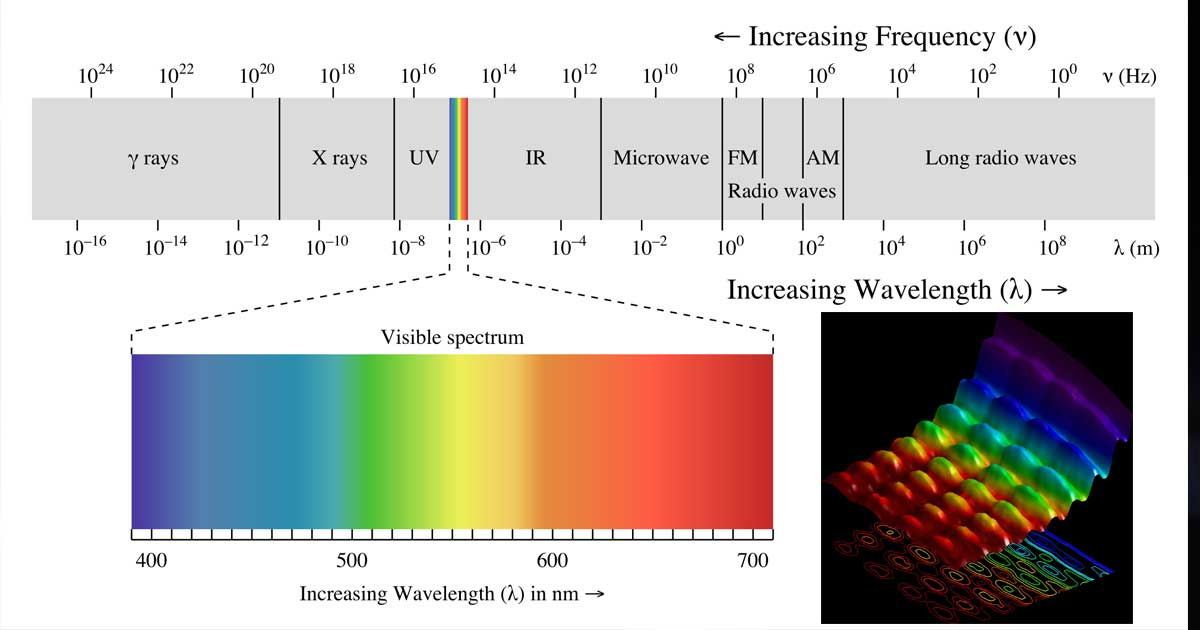


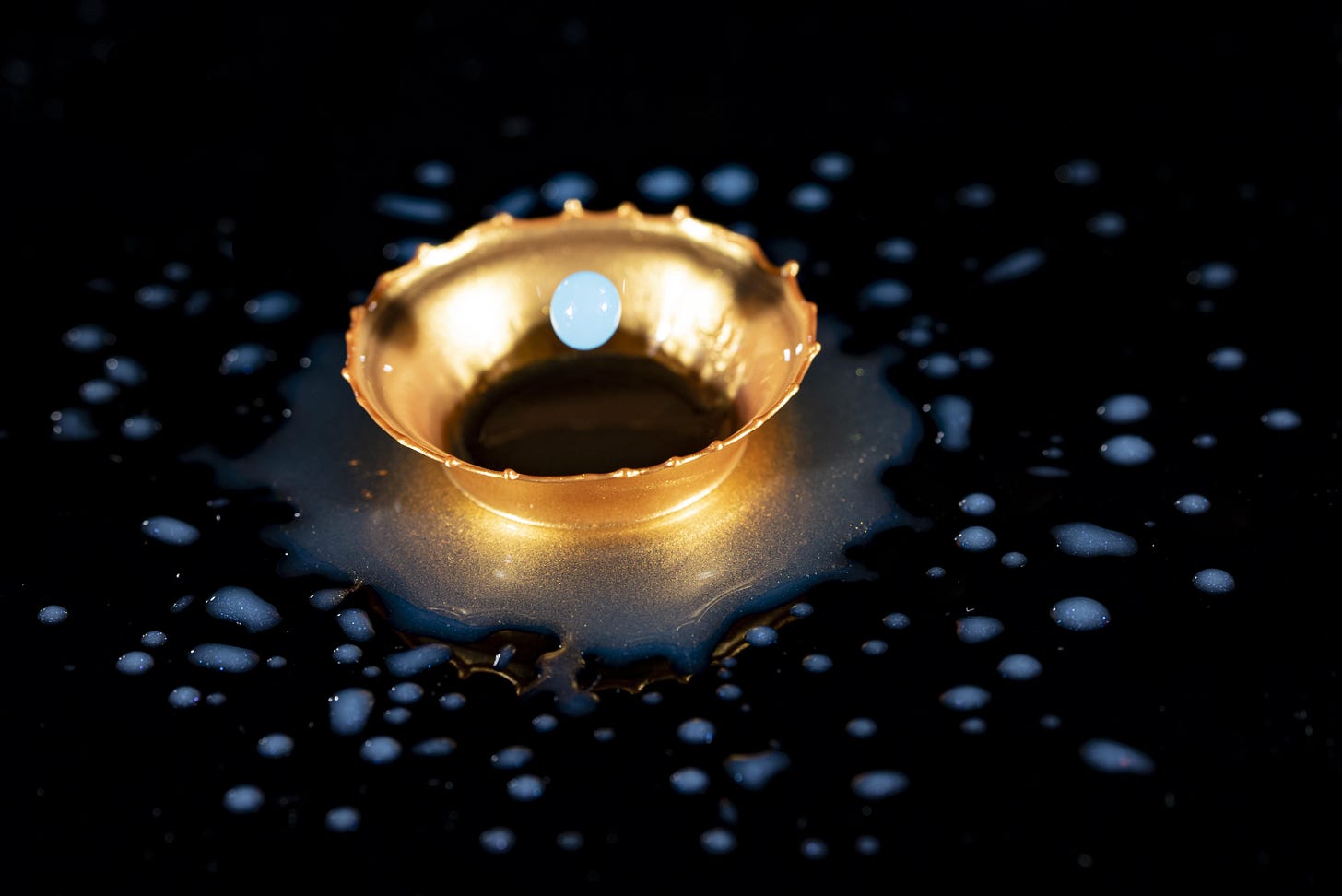
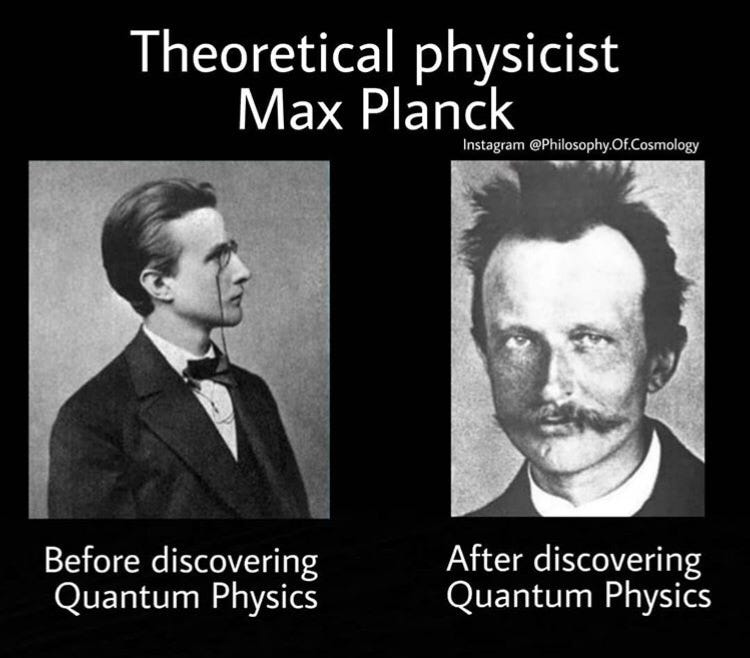
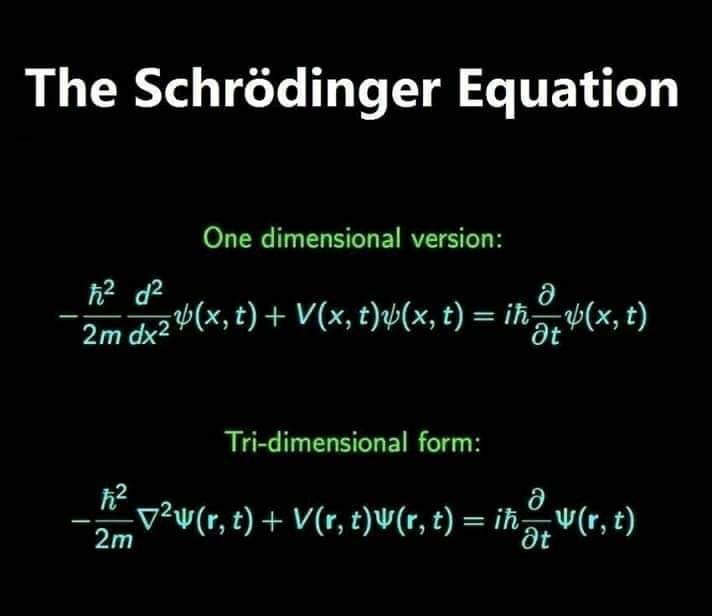
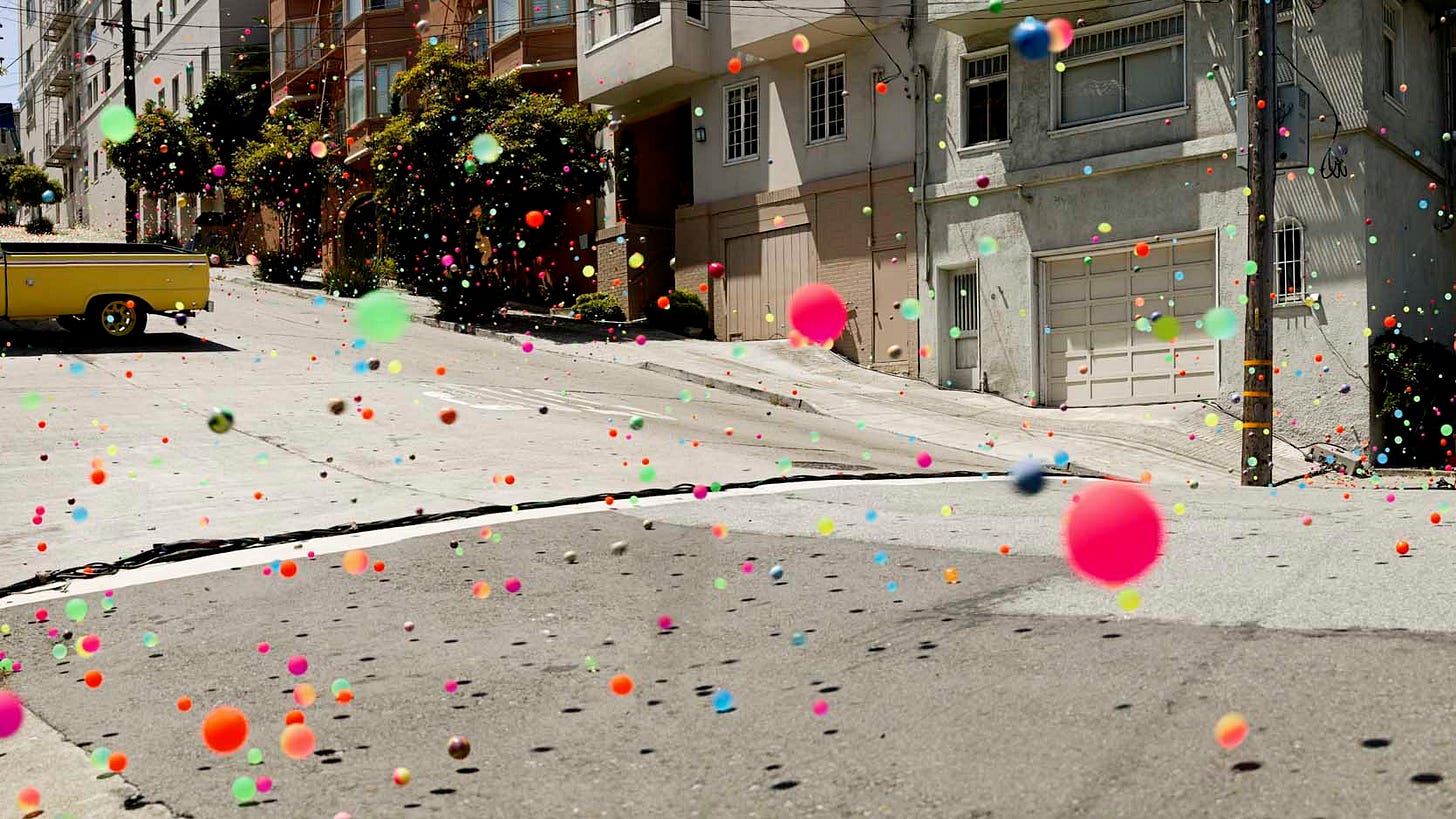
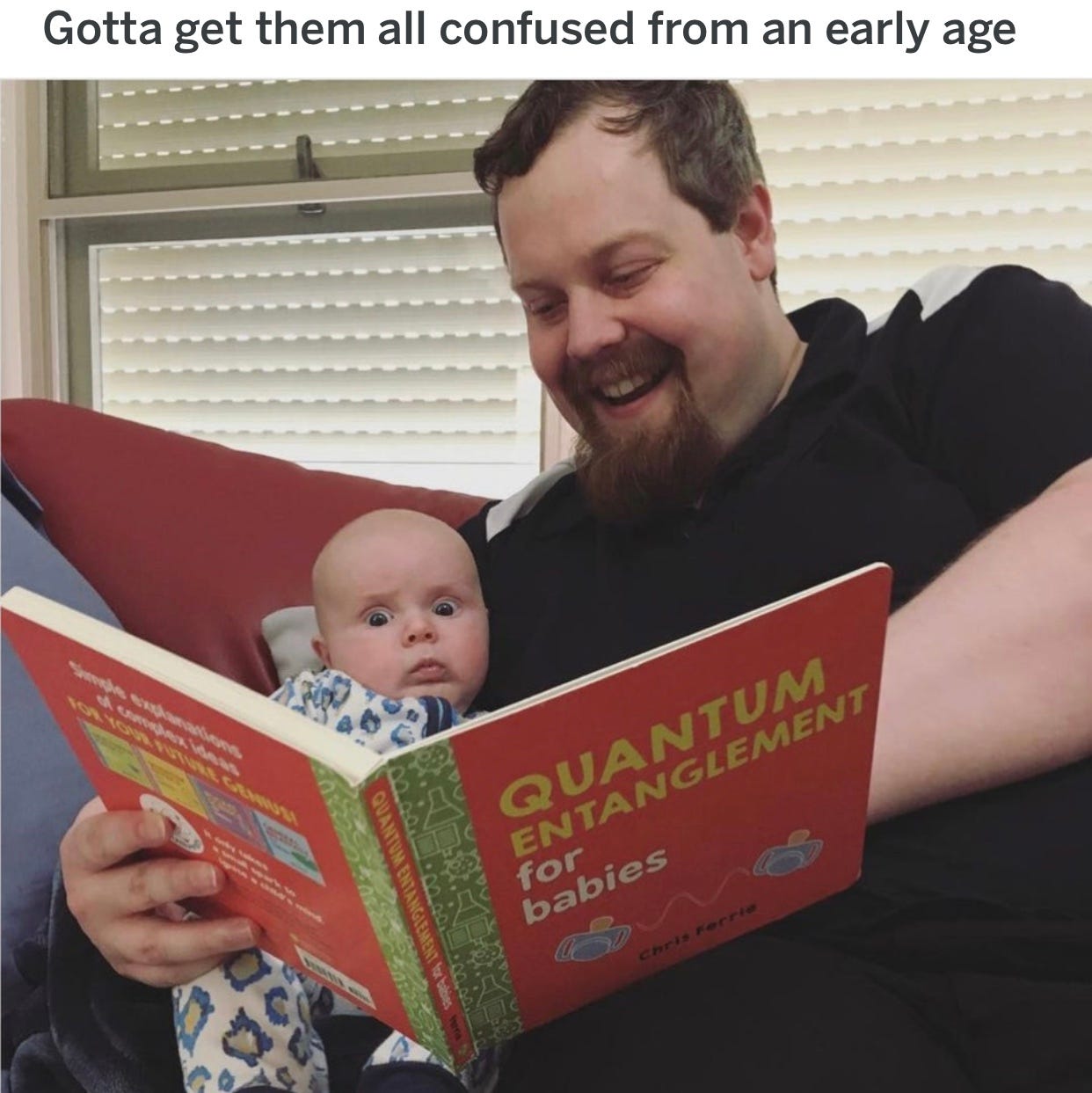
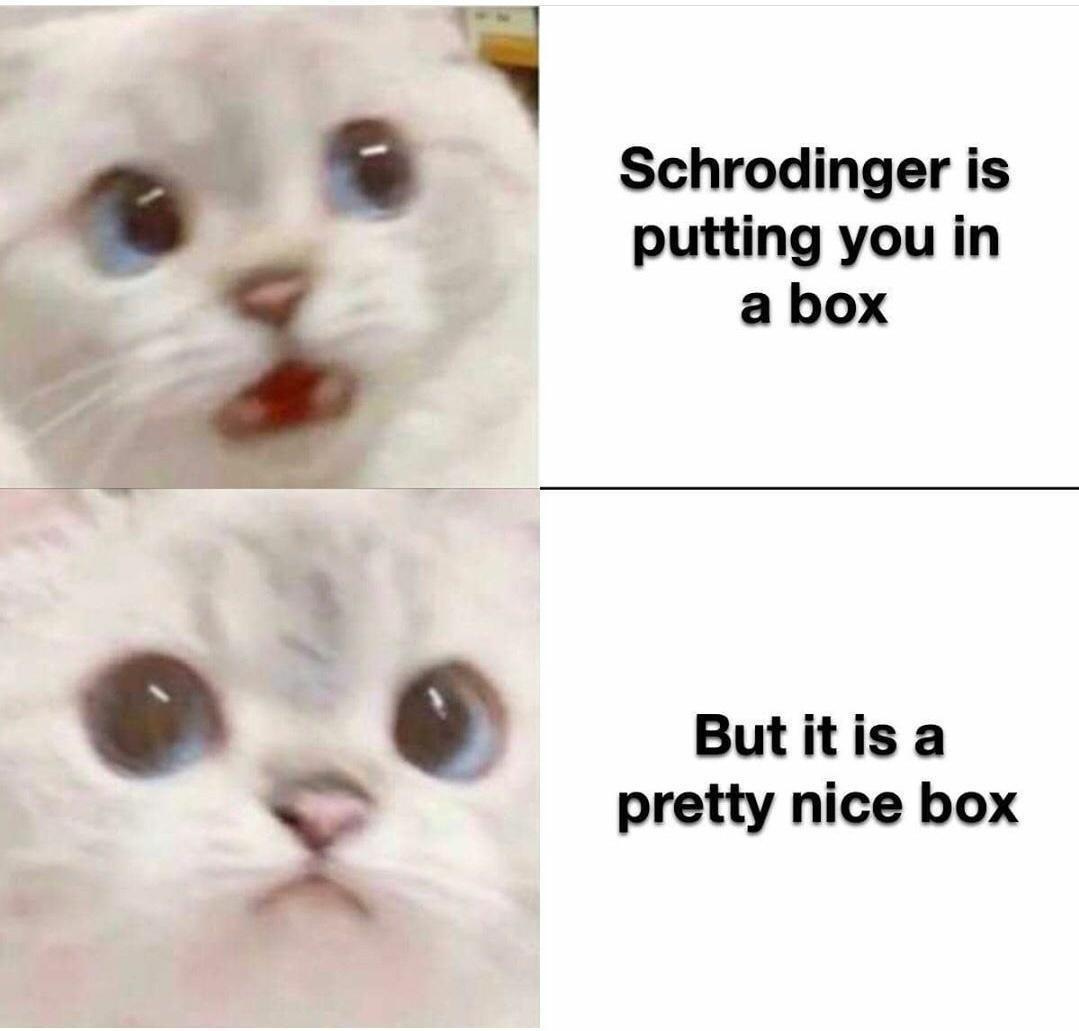
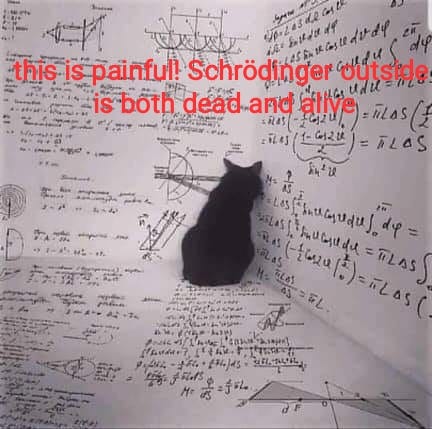
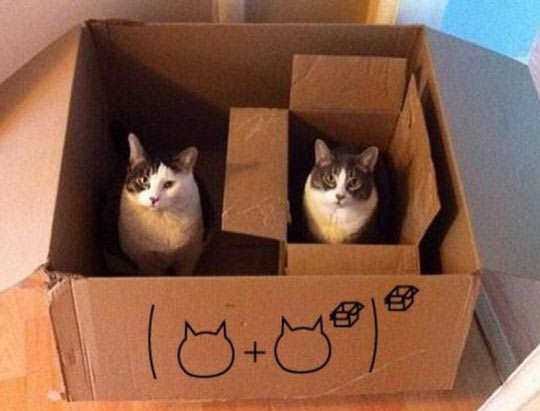
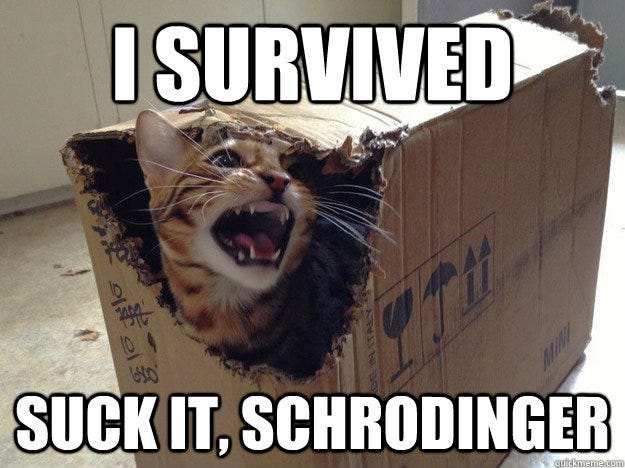


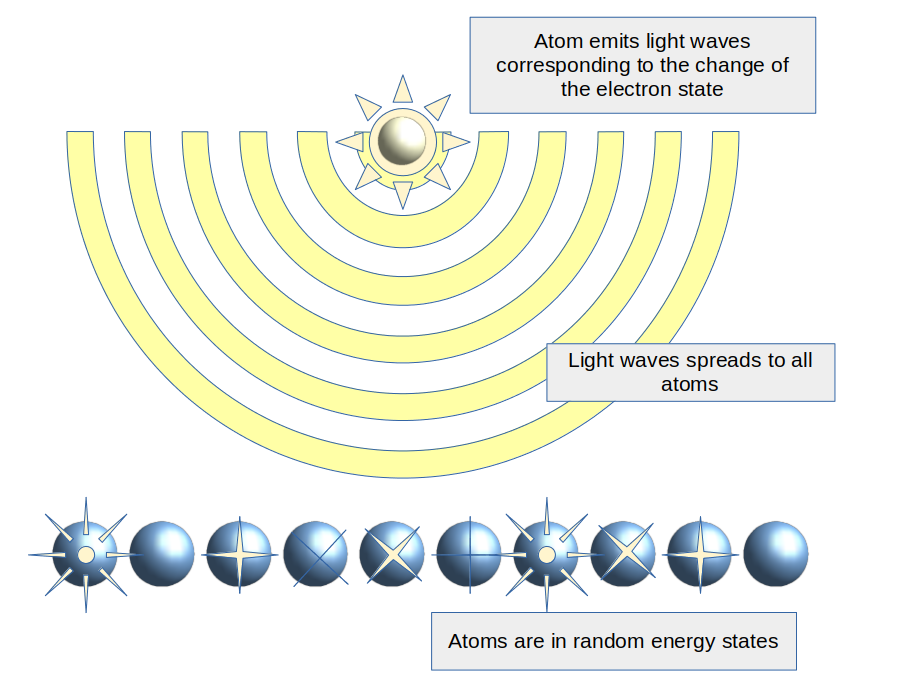

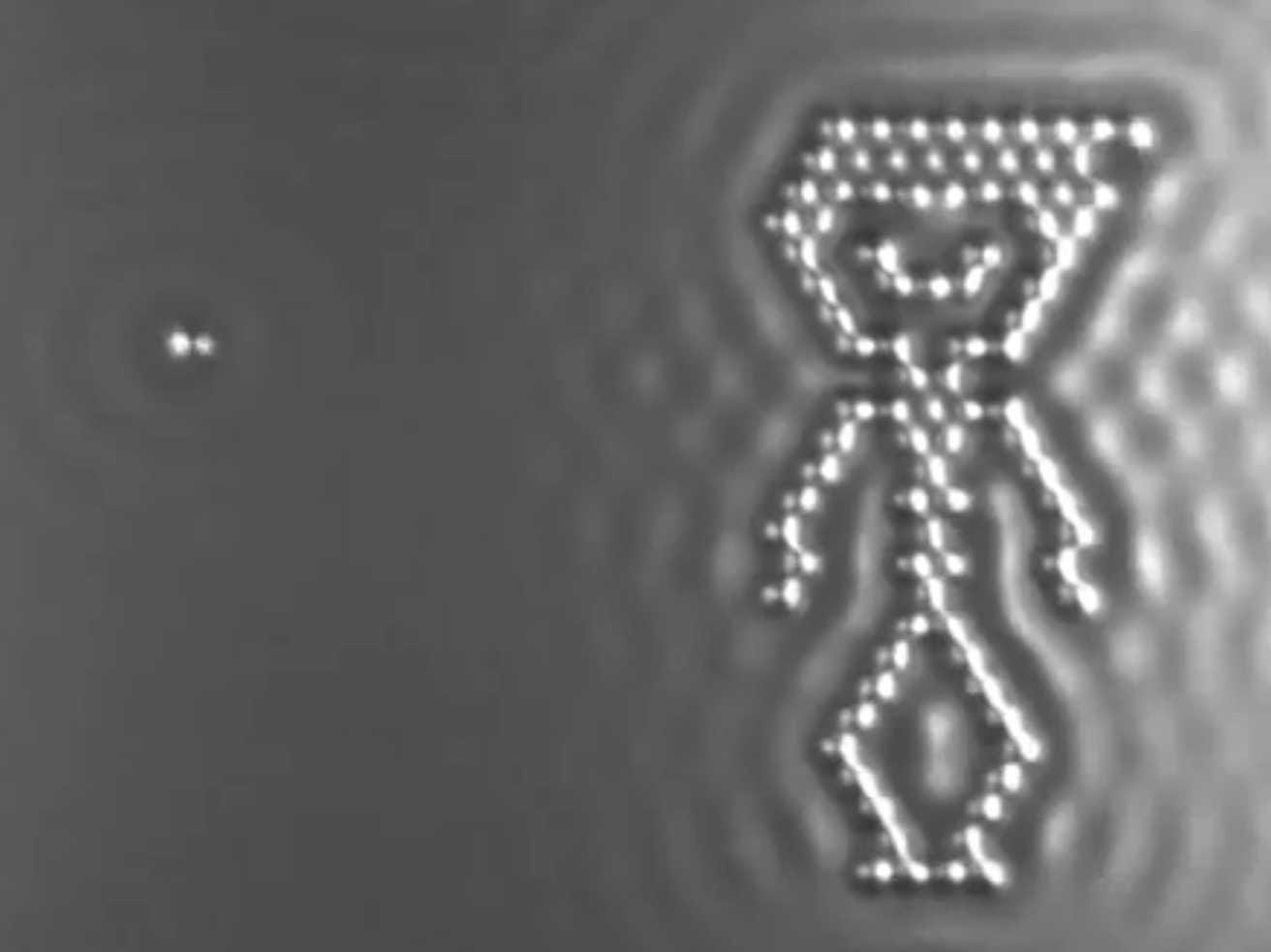
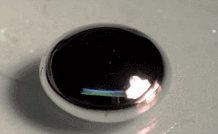
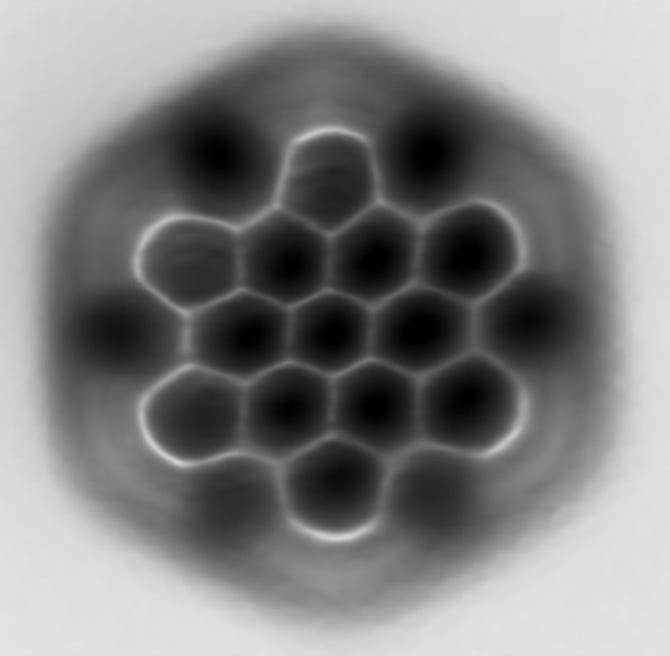
I like this article.
One thing though. Mathematically, infinite isn’t the same as continuous. As far as we have evidence, the physical world isn’t continuous from the mathematical perspective. Which means that Schrödinger’s model can at best match reality under a restricted domain. In truth, it’s probably got error that’s written off as tolerable noise. Any mathematical model that relies on the continuum will have the same issue.
More importantly to me, and why I really appreciate this article, is the recognition that measuring is an interaction, and that it is nontrivial information in the system. It’s too often under appreciated.
Fun experiment: The Phase Conjugate Mirror
https://www.youtube.com/watch?v=gAy39ErqV34